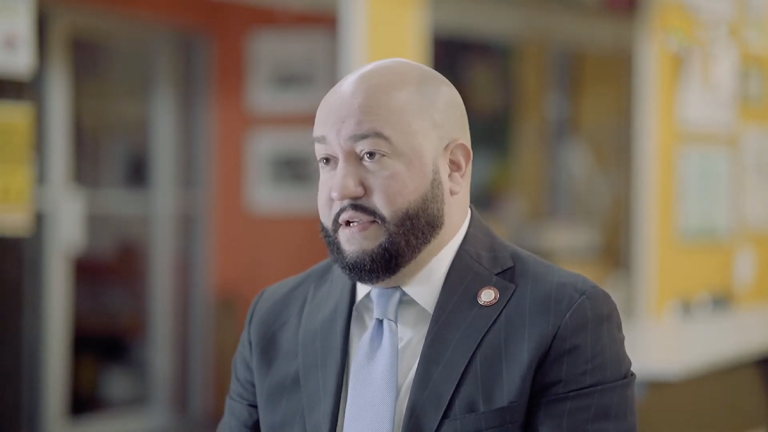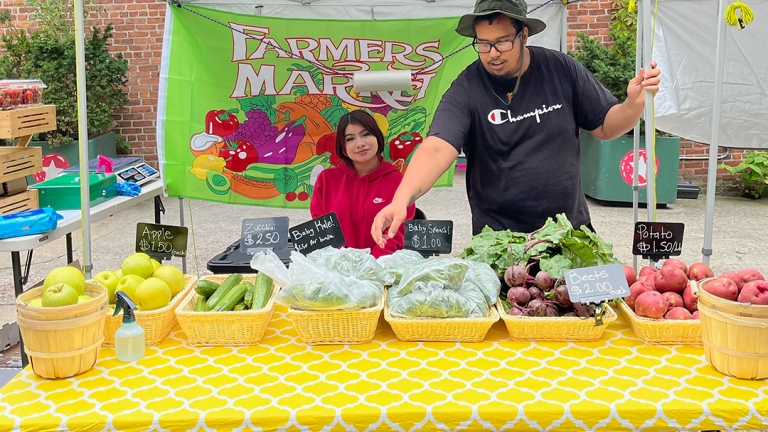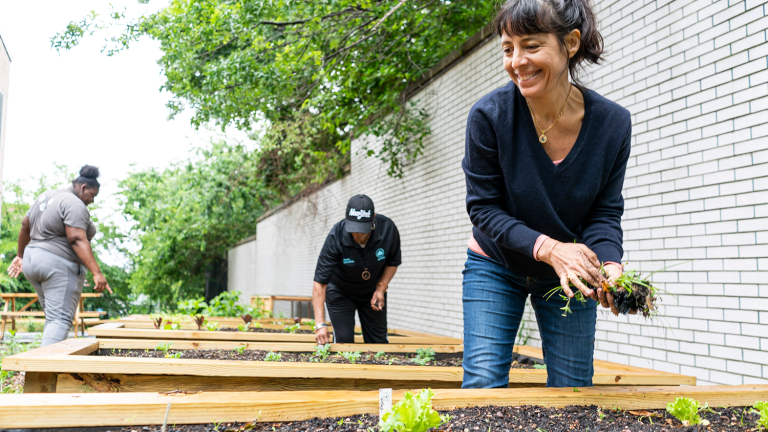A Unified Mission
Hunts Point Forward represents a shared vision between the City and community that will guide future planning and investment in Hunts Point.
Realizing the community’s desires, as highlighted throughout the planning process, will require proactive and sustained dialogue between the City and the community, as well as ongoing collaboration and partnership.
This plan’s recommendations cover a range of issues and are a mix of concrete City or community-led commitments, suggestions for local stakeholders, and potential avenues for CBO-led advocacy (noted as Advocacy recommendations) to address citywide issues or goals that go beyond the purview of the City. Recommendations have been identified as achievable in the Near Term (0-3 years), Medium Term (3-6 years), or Long Term (6+ years).

Read the Full Report
Our vision for Hunts Point is a safe, healthy, thriving community for all residents.
Our goals include:
-
Resources and programs that encourage healthy bodies and minds
-
Infrastructure that supports a safe, clean, and resilient neighborhood
-
Safe, efficient, convenient, and affordable transportation
-
An inclusive economy that fosters prosperity for workers and residents
It’s powerful that there is a document that exists that summarizes the vision for this community, and that it is informed by community stakeholders. Because there is a concrete plan, we can now make it actionable, and hold folks accountable, and advocate for what is in that plan.

The son of first-generation Puerto Rican immigrants, Council Member Salamanca grew up in the Bronx understanding the value of hard work and the importance of giving back to the community.
Vision Framework
Through partnership between Hunts Point and the City of New York, our vision is for Hunts Point to be a safe, healthy, thriving community for all residents—especially youth and families—visitors, and businesses. Our goals include:
I. Healthy Bodies & Minds: Develop resources and programs that encourage healthy bodies and minds, including a youth-run farmstand to provide job training for local youth and fruits and vegetables to the community
II. A Livable Environment: Create infrastructure that supports a safe, clean, and resilient neighborhood for everyone, including new lighting and scoreboards at Julio Carballo Fields, a new park at Garrison Park, a new community-led air quality monitoring project planned for 2024, and the installation of the Bronx’s largest solar energy system.
III. Connectivity: Ensure transportation across various modes is safe, efficient, convenient, and affordable, through initiatives such as redesigning intersections on Hunts Point Avenue to be safer for pedestrians and bikers, repaving the street between Halleck Street and Food Center Drive, and delivering goods by water to lessen truck traffic congestion in Hunts Point.
IV. Shared Prosperity: In coordination with local community-based organizations (CBOs), create an inclusive economy that fosters prosperity for workers and residents, supports local businesses, and prepares youth to participate in the local and regional economy, including light industrial space for food entrepreneurs who will bring jobs to Hunts Point.
V. Accountability: Support community work through better coordination and planning with the City and increasing the financial resilience and sustainability of community-based groups.

Hunts Point Forward Successes
In the past year, the City, elected officials, and local leaders, have accomplished a lot toward the fulfillment of “Hunts Point Forward.”
Learn MoreFor questions or more information, please contact the Hunts Point Forward team.
